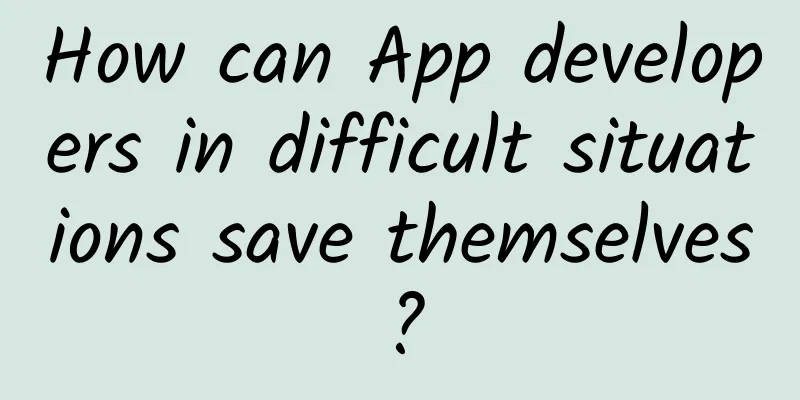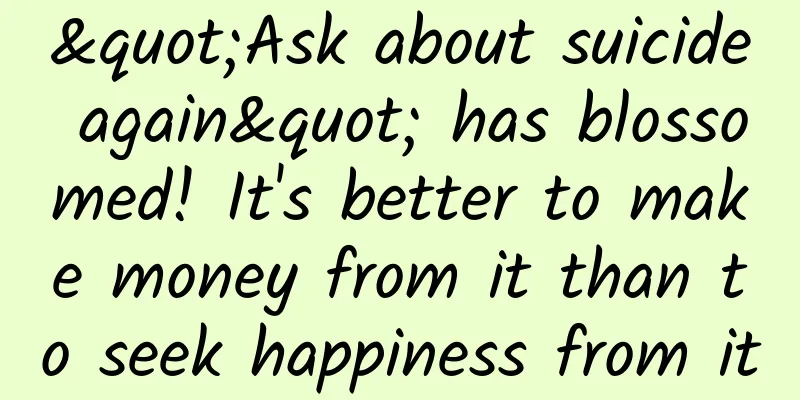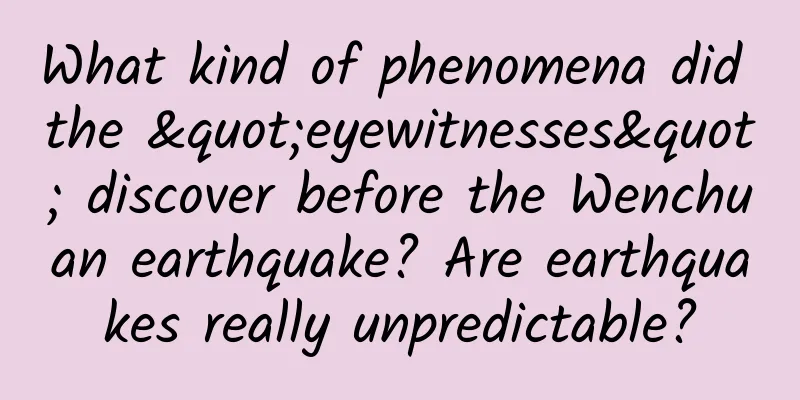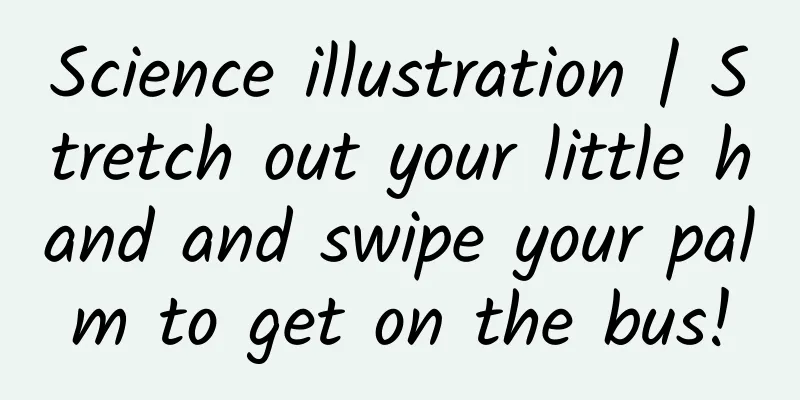How can App developers in difficult situations save themselves?

|
“Because the industry is so saturated, there are so many barriers and it’s hard to make money from it. By comparison, it’s much easier to develop a website.” This is why my friend’s company stopped developing native apps — it’s much easier to start a business on the web. How come? The browser-based web ecosystem has been around for more than 20 years, while the app ecosystem has only been around for 6 years. It’s safe to say that this is not because there are fewer websites than apps. The word "saturation" comes to mind. If you remember high school chemistry, you know that saturation is a state where no new substances can dissolve. For example, you keep adding salt to water while stirring until the solution is saturated. If you continue to add salt to the water, no matter how hard and fast you stir, the salt will sink to the bottom of the glass because at some point, enough salt has dissolved in the water. Why can mobile web pages continue to attract new websites when mobile apps are already saturated? What measures can we take to address this phenomenon? How bad is the mobile app development environment? We built a standard for app deep linking on Branch that has been very helpful to app developers. 500 million people are connected to thousands of apps through the Branch network every day. I ranked the top 1,000 non-gaming apps in the iOS App Store by relative traffic, and the results are pretty shocking, as you can see from this chart. We can see that Skype, ranked 10th, is much smaller than Facebook, ranked 1st. Pixable, ranked 1000th, only accounts for 0.2% of Facebook. In the past four weeks, 45,000 new apps were submitted to the Apple Store. It can be said that the possibility of them entering the top 1,000 is almost zero; even if they squeeze into the top 1,000, a little traffic will not help them achieve any success. It is even more difficult to make a profit because these apps have to pay rent and operating expenses. A study by Active found that the top 20 apps only account for 0.005% of the total number of apps, but earn 60% of the profits. This relationship is called a power law in mathematics, and the power law can describe the 80/20 rule (80% of the value is in the hands of 20% of people). More bluntly, the power law can explain why the value of the app system is concentrated in a small number of apps. The app system is very consistent with the power law distribution. The download volume and value of the entire system are concentrated in a few apps that rank at the top. And it is different from the 80/20 ratio. 0.01% of the apps hold more than 99% of the value. We can call it the 99/0.01 law of the app store. As early as 2008, the number of mobile applications reached 1,000. At this time, the app stores were saturated. Source of the Dilemma: New Apps Are Hard to Be Discovered by Users
Why is the power law of the application ecosystem so cruel? Why is user traffic so concentrated? Let's take a look at how mobile product consumers decide whether to adopt an app. You can only find apps you already know First of all, the first step to using an app is for users to discover potential new apps, which is the most challenging problem developers face so far. There are currently two main solutions: 1. Paid promotion, which has been controlled by Facebook; 2. App Store. However, the biggest problem is that these two methods are only applicable to apps that are already well-known. Paid promotions are unsustainable for most apps, as the installation fee has risen to $4.14 in recent months. Only a handful of apps can afford such a huge fee. This means that paid promotions are only suitable for a few highly profitable apps and are impossible for most apps. The second method is the structure and layout of the app store. Unless you know the name of the app you are looking for, the search function is useless, so there are only two ways to find new apps: the home page and the ranking list. The home page is reserved for some special apps, such as those related to Apple and Google, and some are concentrated recommendations for apps that are not well known to the public but are very worth recommending. The rankings are the biggest driver of the power law because they make the top apps more and more popular. Once you are in the top six overall or in the top six categories, you will always exist in the App ecosystem. The rankings will constantly push you to new users, because the basic way for new users to get new apps is the rankings, and you will maintain your leading position in the continuous cycle. From the left picture, you can see that four of the top six apps are household names, and the other two are games. So it is extremely difficult to squeeze into the rankings. Some savvy distributors even spend money to "brush the charts" - buying fake downloads overseas, which can make your app top the category rankings in a short time. Once on the list, you no longer need to "brush the charts" because your app will always be at the top. This is not a despicable method, but it does illustrate the current survival status of apps in some ways. Why don’t users download your app? Even if someone discovers your app, there are still many factors that may prevent your app from being adopted, such as the steps to install and configure the app. The App Store interface is very small, but it is directly related to whether users will download and install your app. Open the interface and you can see the user ratings in the middle and upper part. According to incomplete survey results, those who have the energy to comment and rate most apps are not well-informed about apps. Unless you manage reviews frequently, your app is likely to have 2 or 3 stars. You must know that nothing is more fatal than a low score. Secondly, if you have done everything you can to get a 4-star review, the next thing you need to do is to use the title, screenshots and description to attract users to download. Because this is not dynamic, you must make the most attractive interface. In order to attract attention, many developers rack their brains, such as capitalizing every letter or highlighting it. Valuable storage space The last decisive factor is whether users are willing to give up their precious storage space to your app. Everyone’s mobile phone storage space is not enough. If your app takes up a lot of storage space, users can’t even install it. To make matters worse, mobile phone manufacturers also use the storage space of mobile phones to make extra profits. The capacity of solid-state drives has grown very rapidly, reaching the TB level in the computer market, but the standard configuration of iPhone is still 16GB, just like a few years ago. Apple makes a lot of money from mobile phone storage space. If you want to upgrade your phone to 64GB, you have to spend $2 per GB, while the price of solid-state drives on the market is $0.4 per GB. With limited space, users have to choose between their beloved photo collection and new apps.
Breaking the Power Law of Apps Due to the current situation, more and more developers are leaving the App Market to find other fertile ground. Can we solve this problem? A better way to discover apps The first problem to be solved is how to discover APP. I propose an algorithm similar to Hacker News and Reddit to calculate the ranking of the app store. With this method, as the app exists for a longer time, its ranking will gradually decrease. Once the app is updated, its existence time will also be updated accordingly. At the same time, the number of downloads of the app also determines its ranking. As time goes by, a well-known app will have fewer downloads and will gradually drop out of the list. The benefit of this is that apps with relatively low total adoption can appear on the charts, and when they are introduced to new users, they will get more downloads. In this way, apps that will never appear on the charts will have a chance to stand out. App cache cleaning and freeing up phone storage space The second issue to be addressed is access. As the number of apps continues to increase, apps have become a part of life. What users really care about is the content of the app rather than its fancy appearance. We need new ways to get native apps, smooth transitions between apps, and breaking down the barriers to app use. Let's look at how web apps work. The process of getting the content you're interested in on a web page is completely seamless. A user may visit 30 to 40 web pages a day, and each link process is completed in the blink of an eye. Web apps are easy to access because the system is designed to handle temporary access and browsing. What if Android and Apple systems also adopt a similar access method as browsers? Once the user shows the "intention" to obtain an app, it will immediately download and open the app without visiting the app store. If this app has been put in the cold palace recently, the operating system will automatically clean up the related files to make room for the new app. The definition of "intent" varies. For example, a user clicks on an app link on Twitter - currently this link will open the App Store. Clicking the link may be a manifestation of the user's "intent", and the app should start downloading automatically and pop up the content if the technology allows, and the whole process should only take a few seconds. One point to emphasize is that you need to obtain authorization from the browser's authorization domain before you can download the app. This is part of the approval process during the app development phase, which ensures the quality of the application and prevents app fraud. If the user clicks on a link in the authorization domain, the download progress will be displayed full screen until the download is complete and its content is displayed. This is very similar to the early flash-based applications on the web. Things that must be done In the end, the fate of apps is in the hands of the development platform, because the platform determines the entire implementation process, such as how apps are discovered and ranked. Developers have done a lot of work, and as users, what we have to do is to speak out our concerns and promote the development of apps. If we do nothing, then the app market will stagnate and developers will have to turn to other development platforms. |
<<: Epic summary: Ten common characteristics of the top companies in the past century
>>: How to choose your first programming language based on what you want in life
Recommend
11 tools used by event management experts! !
Today, the editor recommends 11 major event opera...
The prerequisite for TV to be artificial intelligence is that the people who buy TVs have low IQ
The tech industry, which used to be full of posit...
Community operation: 5 ways to get to know the community and master it
This article explains in detail the routines from...
This food is not only a must-have for cooking, it can also treat rare diseases!
Have you ever eaten corn starch? It is starch ext...
How do beauty brands achieve from 0 to 1?
In recent years, the domestic beauty and skin car...
Highly poisonous blue-ringed octopus found in hotpot restaurant! What other seafood should we pay attention to?
Recently, the blue-ringed octopus has become a ho...
Musk blasts claims of poor working conditions at Tesla's California factory
According to foreign media reports, Tesla's C...
The "SpongeBob SquarePants" of the ceramic world, this ceramic is both light and heat-retaining!
Produced by: Science Popularization China Author:...
Learn breast enhancement yoga for 15 minutes a day, and keep your breasts plump and firm until you are 50 years old
The fastest way to enlarge breasts. The whole pro...
Signing big Vs and providing subsidies, is this really what Toutiao wants for Huoshan Video?
Volcano Video did a pretty good PR. First, a list...
APP promotion: How to choose the correct promotion channel!
In 2019, all network marketers are facing the fol...
WeX5 cross-terminal mobile development framework V3.2 preview version released
[[141056]] WeX5 Enterprise Rapid Development Plat...
The "king of cholesterol" turns out to be this! If you don't want your blood lipids to rise, eat less of these 3 foods
Cholesterol is essential for the normal functioni...
Why programmers need to grow slowly
I still remember vividly the first time I tried t...
On Android, what should a complete UDP communication module look like?
Comparative Analysis of the Differences between T...









